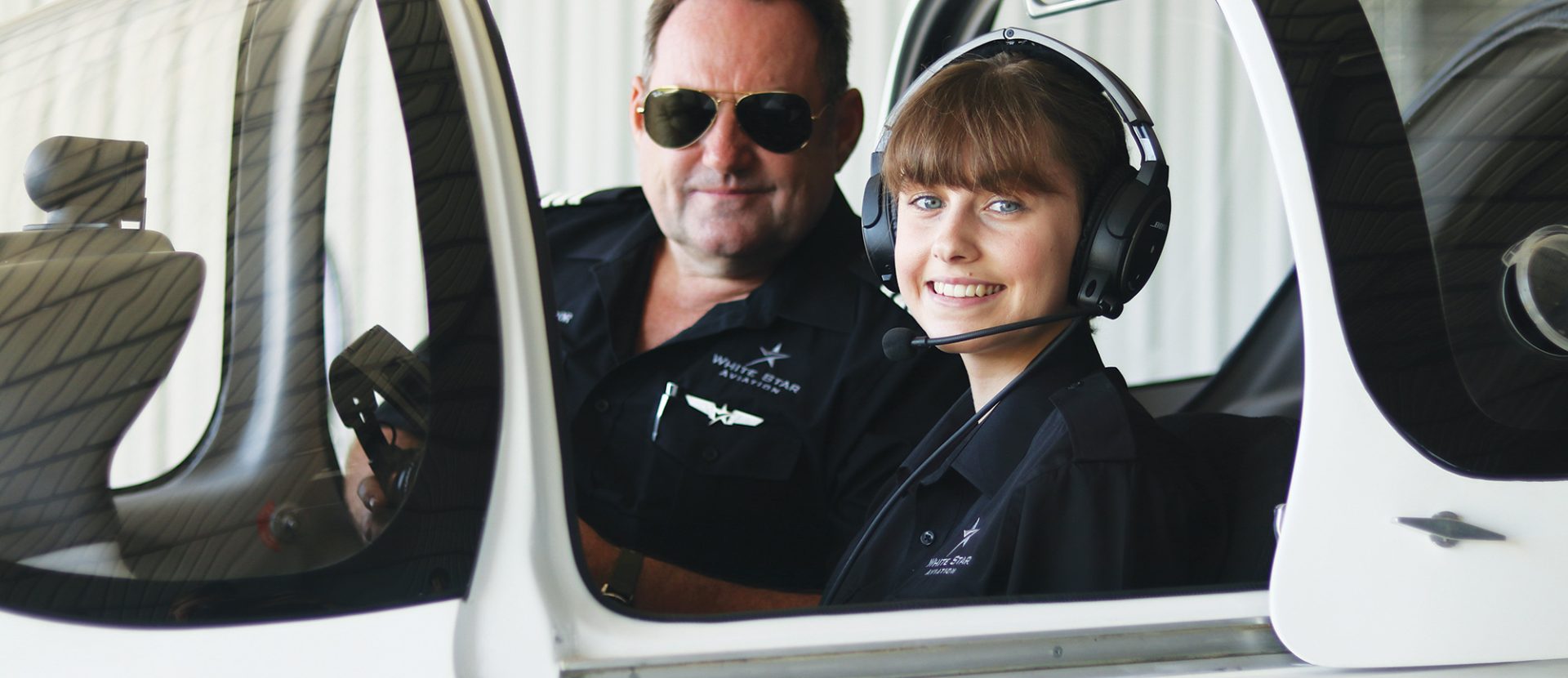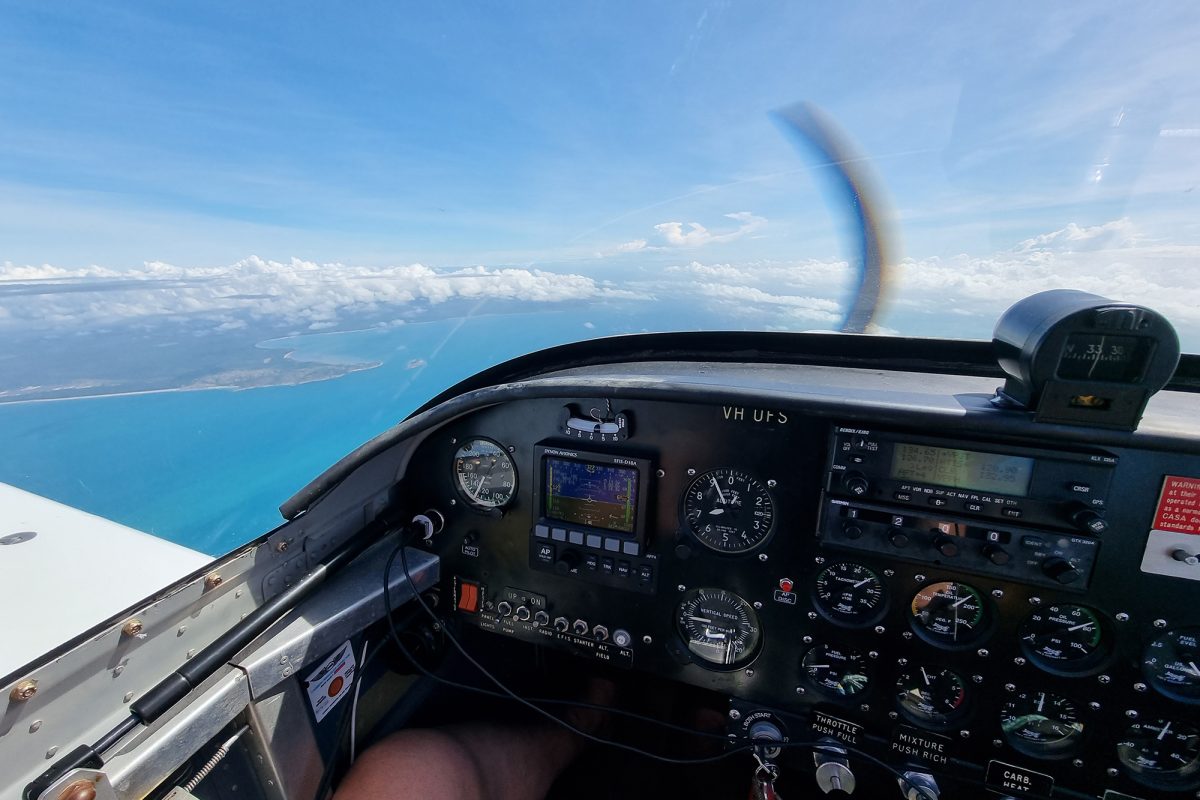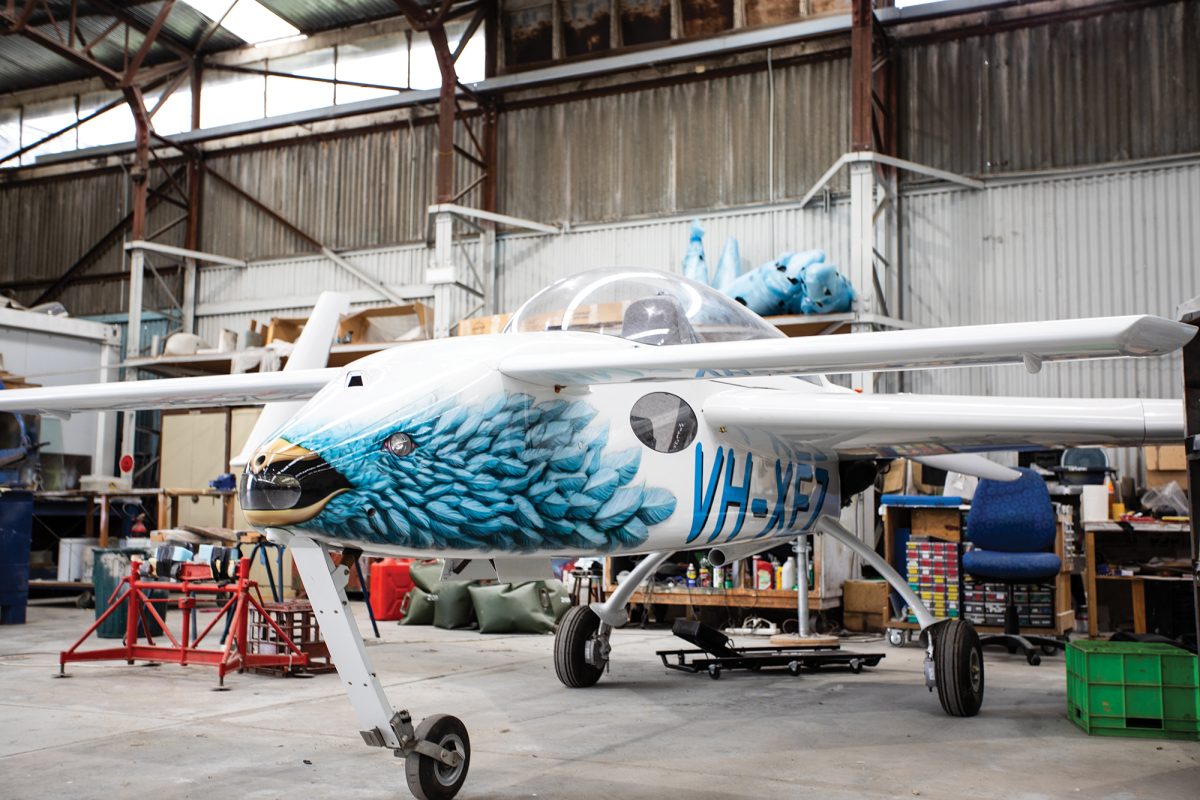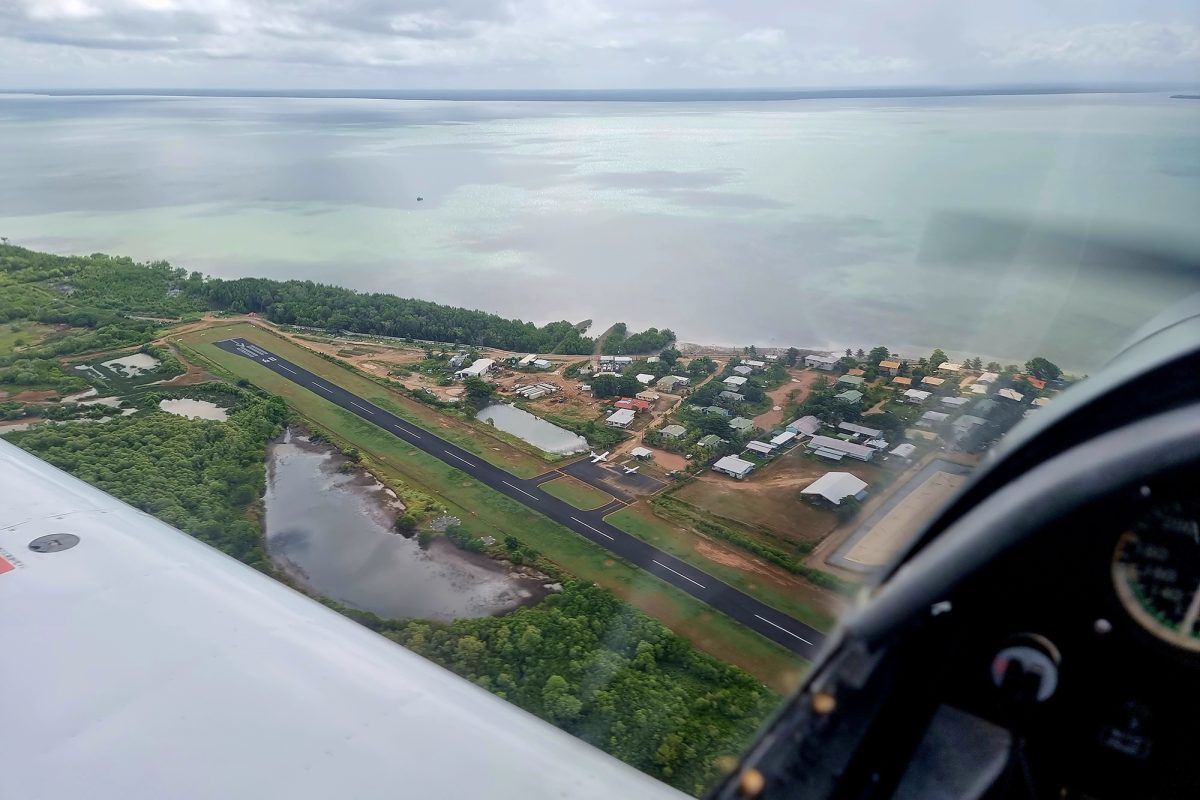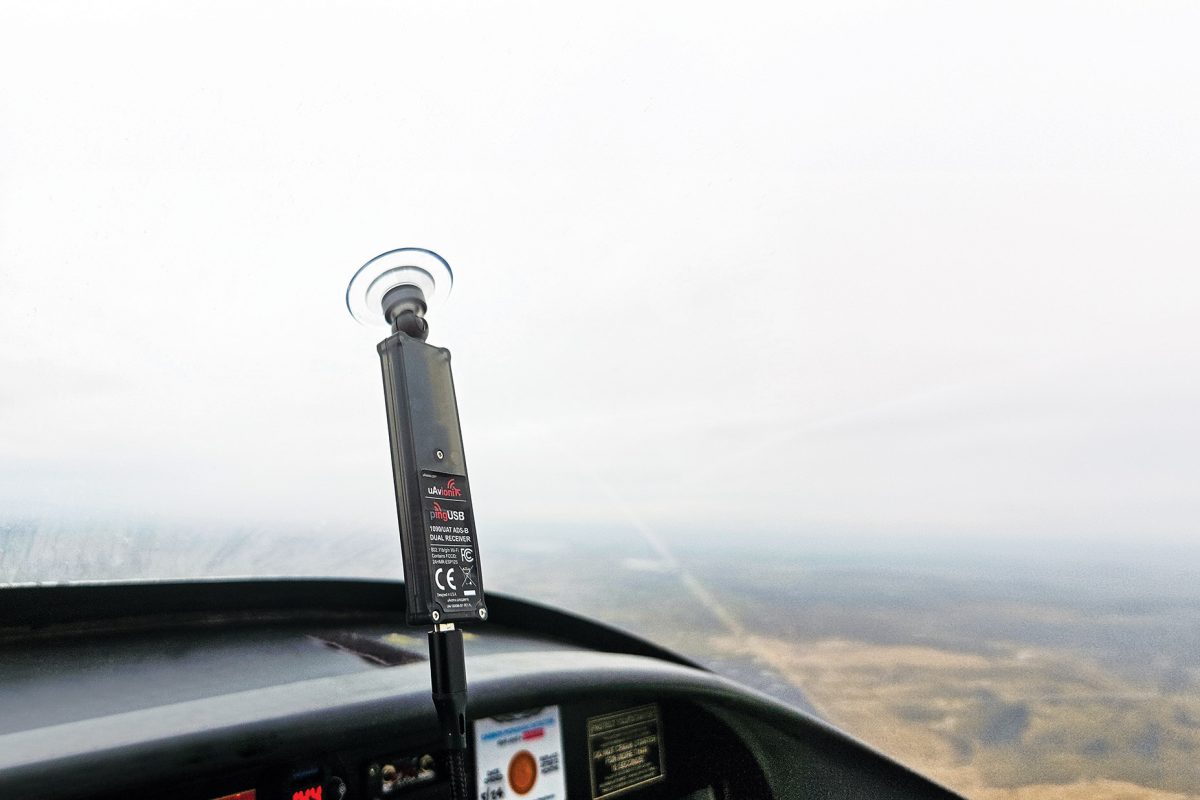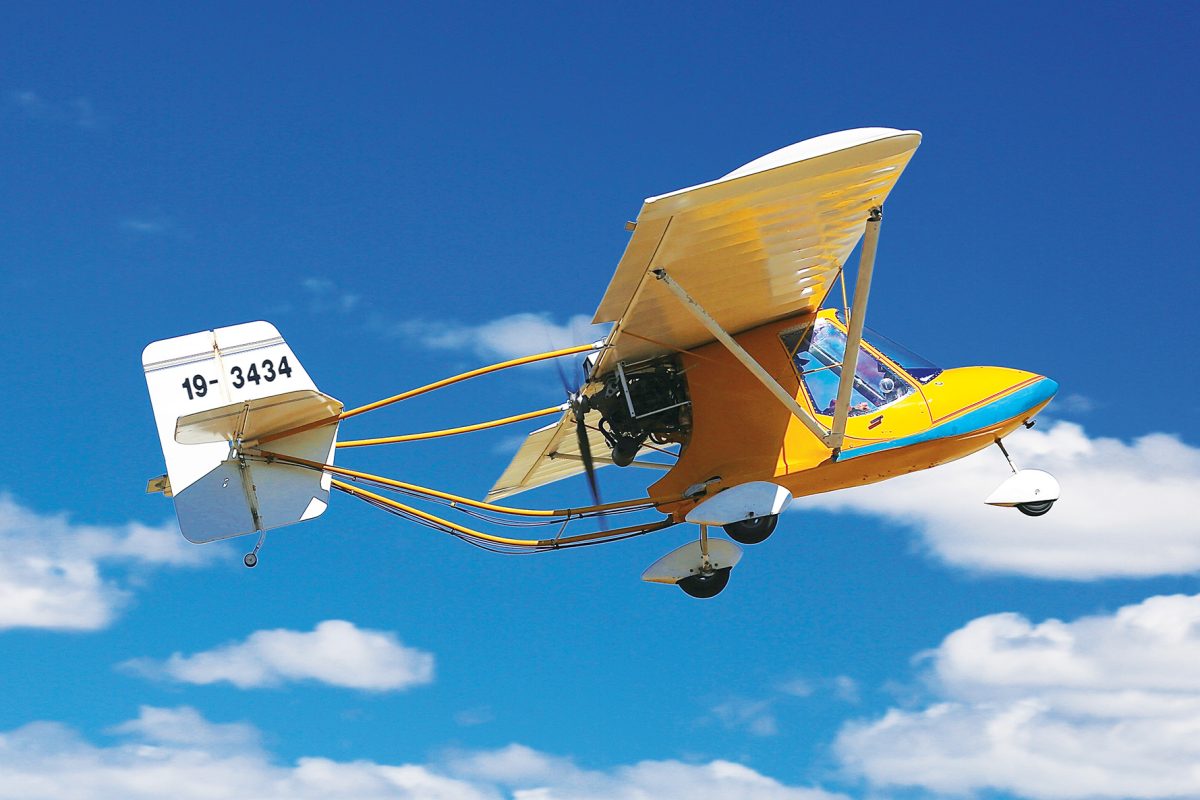Do you remember looking through the fence at the airport, watching aircraft take off, wishing you were in them? Were you one of those people who looked up every time an aircraft flew over? Did you obsessively read about planes in magazines and pilots in books? With all the activities and interests on offer for the next generation, how do we inspire them to consider aviation as a hobby or career?
Aircraft are much more part of our society now than they were even 40 years ago. Back then, people (mostly men) assembled aircraft from kits and plans, dreamed of flight and committed aviation mostly on a shoestring budget. Nowadays there are many competing interests, with a plethora of interesting and exciting things for the next generations to become involved in.
As an organisation, we are committed to inspiring the next generation to consider flying as a career or a hobby. RAAus is developing new ways to reach new members and is participating in a range of activities in many states to attempt to reach a new generation of potential pilots.
Many RAAus Flight Training Schools also conduct inspirational programs with primary and high schools. They may deliver aviation-themed lessons in classrooms, take students flying to experience the world of aviation, work with students to build aircraft kits, and prompt students to consider not only becoming a pilot, but other aviation careers like maintenance, air traffic control and Defence Force careers.
There are clubs that have developed aircraft simulator programs to introduce the next generation more affordably to aviation, which lead to scholarship programs like those provided by RAAus and Airservices Australia.
We certainly still need enthusiastic RAAus members to play a significant role in encouraging new members. Our members act as ambassadors for flying, for RAAus and their clubs. By becoming involved in club activities, giving talks at careers days and promoting RAAus, members become a stepping stone to the aviation world.
There are a range of factors which form barriers to the next generation becoming involved in aviation, including cost, access and a perception that flying requires a degree or high-level of education. RAAus hears stories from many pilots who were told they were not smart enough to fly by career advisors, or that flying was too dangerous.
CREATING WELCOMING SPACES
Take a moment to look around the clubroom, the hangar or training space next time you’re there. Try looking at it with the eyes of a newcomer. Is the space welcoming or slightly shabby, dirty, even cobwebby? Are there interesting posters on the wall and magazines to read? Is it male-dominated or is it welcoming to women as well? Is the hangar full of old aircraft wrecks, dirty engines or politically incorrect posters and calendars? Is the conversation about the fun and challenges of flying, or complaints about poor piloting, accidents or aircraft wrecks?
Is there a regular “try flying” activity day, where members take people flying to introduce them to aviation? Is there a brag wall, with photos of happy first solo pilots and people being awarded their wings? Does the club or flying school reach out to local primary and high schools to see what aviation programs they run or might be interested in running? Is there a men’s shed (not exclusively the domain of men nowadays) which might be interested in assisting with an aircraft building project?
Is the perception that flying is expensive stopping people from taking up the sport? While cost of living pressures are certainly being felt all over the country, there should still be an opportunity to wash aircraft with an eye to earning flight time.
While the minimum 20-hour Recreational Pilot Certificate is still there, many people take longer due to family, work and other commitments. Other activities take prospective students away from flight training and need to be considered and managed. Is there a brochure available to newcomers which explains these things? Is the website for the club or school up to date?
AGE IS JUST A NUMBER
Age should not be a factor or limitation when it comes to pursuing that dream of becoming a pilot. While many might assume one needs to start young to become a pilot, the truth is that aviation welcomes individuals of all ages who have the passion and determination to take flight.
Traditionally, the path to becoming a pilot involved starting flight training early. However, as the aviation industry evolves and diversifies, people are pursuing their flying dreams at different stages in life. Whether it’s a career transition, a lifelong aspiration, or simply a newfound interest, age should never serve as a barrier to taking flight.
With advancements in technology and improved accessibility to training programs, people regardless of their age can undertake pilot training and obtain necessary certifications. What truly matters is the dedication, commitment, and willingness to learn.
Age brings with it a wealth of experience, maturity, and valuable skills that can enrich the aviation community. Older individuals may have developed exceptional problem-solving abilities, strong communication skills, and a keen sense of responsibility – qualities that are highly valued in the aviation industry.
There are many things we can all do to encourage people of all ages to consider flying. Ask yourself, what can you do?
